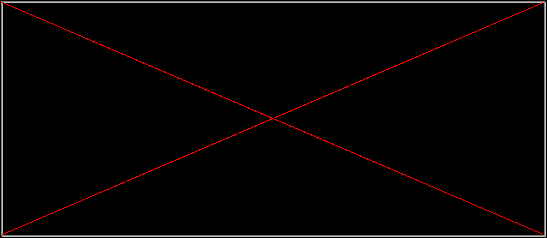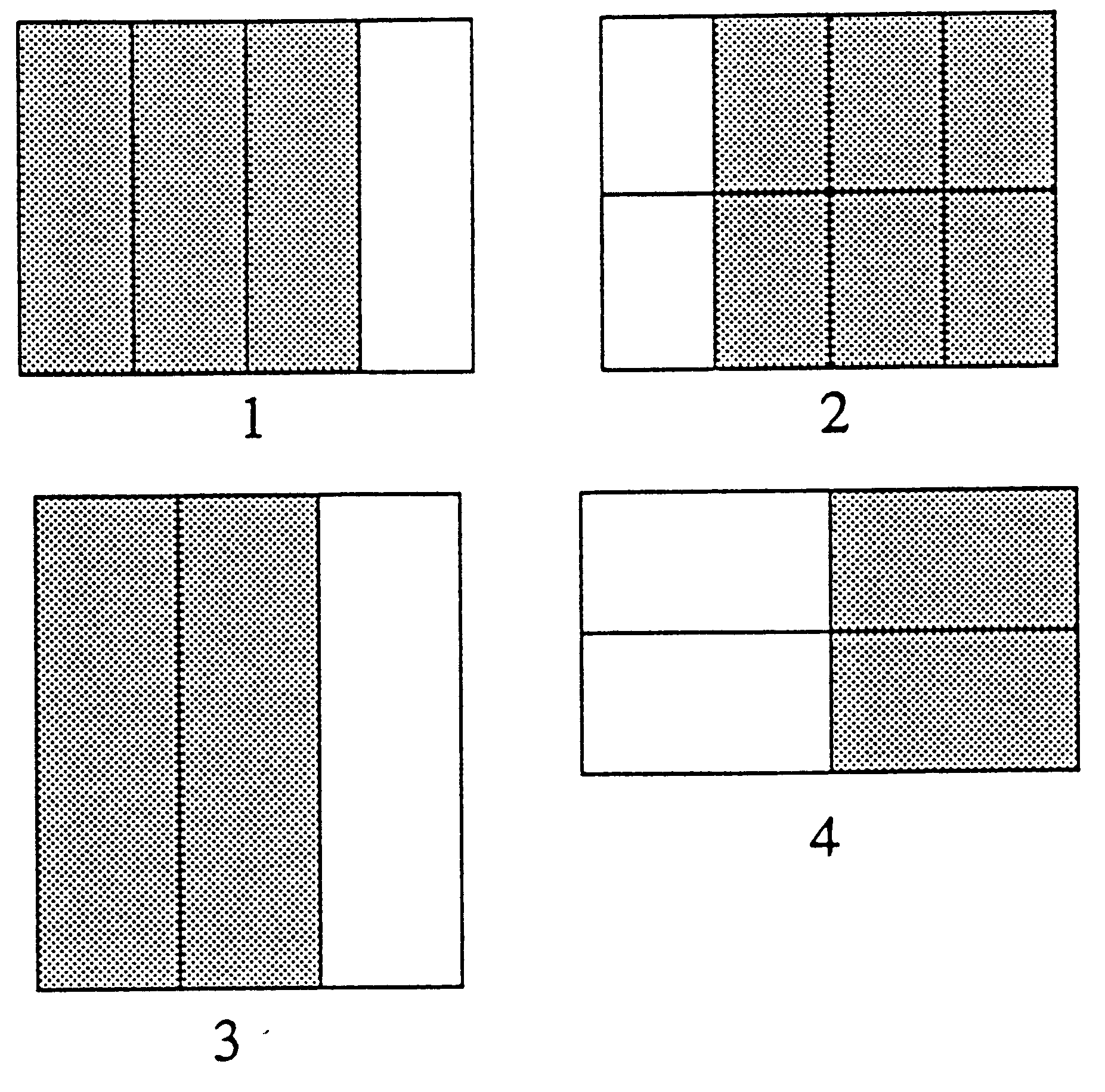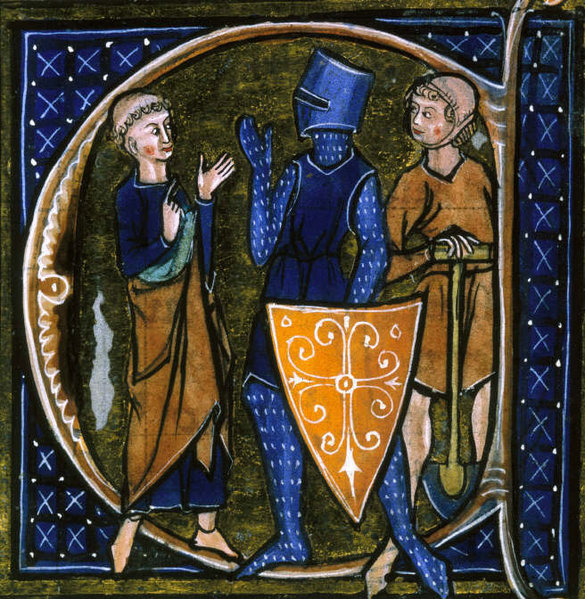DIFFUSION THEORY DOES A PRETTY GOOD JOB OF DESCRIBING
FORMULAIRE D’ENREGISTREMENT ET D’AUTORISATION DE DIFFUSION DE THESE2 COMMUNIQUÉ POUR DIFFUSION IMMÉDIATE LA CONFUSION CONCERNANT
36 DIFFUSION OF ELECTRONIC COMMERCE IN DEVELOPING COUNTRIES
C OMMUNIQUÉ DE PRESSE POUR DIFFUSION IMMÉDIATE SOLEIL ET
CELLULAR TRANSPORT REVIEW DIAGRAMS ACTIVE TRANSPORT EXAMPLES DIFFUSION OSMOSIS
CHLORINE CONTAMINATION DIFFUSION IN SILICONES PAGE 5 OF 5
Supplementary lecture 1 - Esimating small ion - particle attachment coefficients
Diffusion
theory does a pretty good job of describing the attachment of small
ions to uncharged particles. The first step will be to solve
the diffusion equation

The geometry and the boundary conditions are shown below

We'll
consider just a single uncharged particle surrounded by small ions.
The particle has a radius = a. The small ion concentration zero
at the surface of the particle where the small ions are collected.
Far from the particle the small ion concentration is n∞
We
assume a steady state small ion concentration

We'll
use spherical geometry for this problem with the coordinate axes
centered on the particle. Because of the spherical symmetry
there is no θ
or φ dependence,
we need to consider only the r dependence. The Laplacian
becomes

This is an easy equation to solve

Now we make use of the two boundary conditions. First, far from the particle (r approaches infinity) the small ion concentration should be n∞.

Then at the surface of the particle the small ion concentration is zero

So the solution is

Now that we know n(r) we can determine the flux (particles passing through unit area per unit of time) of small ions toward the particle. This depends on the gradient of n(r)

Next we find the total number of particles moving inward toward the particle and passing through a sphere of radius r surrounding the particle

We assume these small ions are all collected by the particle. To determine the total rate of loss of small ions we need to multiply by the concentration No of uncharged particles.

Now let's go back and write down the small ion balance equation again

By comparing the small ion loss expression we've just derived with the corresponding term in the small ion balance equation we can see that βo = 4 π a D
An
expression for the diffusion coefficient, D, can be derived using
principles from kinetic theory and is

The
top expression above is also know as the Einstein
(or Einstein-Smoluchowski) Relation.
Here's
an example calculation where we assume a particle radius of 0.1 μm
(10-7
m) and an electrical mobility of 1 x 10-4
(m/s)/(V/m).

Now
we will look at the collection of small ions by a charged particle.
Diffusion will still be involved but we will need to add an
additional term that accounts for the movement of small ions caused
by the influence of the electrical field surrounding the
particle.
First the E field surrounding a charged particle
(e represent a single electronic charge)

The
drift velocity due to this E field is

Now we will multiply n, the concentration of small ions, by the area of a sphere of radius r surrounding the charged particle and by vdrift Δt, the distance the small ions will move in time Δt. This will be the number of small ions that pass through the sphere in time Δt.

Now we'll multiply by N, the concentration of charged particles and divide by Δt to get the rate of attachment of small ions to charged particles due to the influence of the particle's electric field.

To find the total rate of collection by the charged particles we need to add in the diffusive loss term. So we have

Together the two terms in this expression correspond to the β1nN term in the small ion balance equation. From that we get the following expression for β1

One last item before we end this supplementary
lecture - a table comparing values of β0
and β1
|
particle radius (μm) |
βo (cm3/sec) |
β1 (cm3/sec) |
|
0.01 |
3.25 x 10-7 |
2.12 x 10-6 |
|
0.05 |
1.62 x 10-6 |
3.42 x 10-6 |
|
0.1 |
3.25 x 10-6 |
5.05 x 10-6 |
|
0.2 |
6.5 x 10-6 |
8.3 x 10-6 |
|
0.5 |
1.62 x 10-5 |
1.8 x 10-5 |
|
1.0 |
3.25 x 10-5 |
3.43 x 10-5 |
It
appears that β1
becomes dominant for particles with small radii. For larger
particles β0
= β1.
COLLECTE UTILISATION ET DIFFUSION DES DONNÉES NOMINATIVES NATHALIE MALLETPOUJOL
COMMUNIQUÉ POUR DIFFUSION IMMÉDIATE CANNEBERGES QUÉBEC INC PRÉSENTE DANS
COMMUNIQUÉ POUR DIFFUSION IMMÉDIATE MONTRÉAL LE 29 NOVEMBRE 2007
Tags: describing the, describing, pretty, diffusion, theory
- JUEVES 28 DE NOVIEMBRE DE 2013 DIARIO OFICIAL (PRIMERA
- 36 VIGILANT ATTENTION IAN H ROBERTSON AND HUGH GARAVAN
- UNIT 9 IS THAT AN EXPRESS DONKEY? SCENE 1
- {RTF1ANSIANSICPG1252{FONTTBL{F0FROMANFCHARSET0 TIMES NEW ROMAN}{F1FSWISSFCHARSET0 ARIAL}{F2FSWISSFCHARSET0 ARIAL}{F3FSWISSFCHARSET0 ARIAL}{F4FMODERNFCHARSET0 COURIER NEW}{F5FROMANFCHARSET0
- PLIEGO DE CLÁUSULAS TÉCNICAS QUE HABRÁN DE REGIR EN
- CONSULADO DE ESPAÑA EN TORONTO GUGUIA DE AYUDA AL
- REVIEW QUESTIONS FOR DIFFUSION AND OSMOSIS TOPIC REVIEW QUESTIONS
- UNIVERZITET CRNE GORE FAKULTET PRIMIJENJENE FIZIOTERAPIJE U IGALU ECTS
- 01 OPERATORIA DE TECLADOS E JERCICIOS DE INICIACIÓN
- AMERICAN GOVERNMENT (130) 1 A REPUBLIC IS A A
- INFORMASJONSSTRATEGI STANGE KOMMUNE 1 INNLEDNING STANGE KOMMUNESTYRE
- PERATURAN WALIKOTA PALU NOMOR 23 TAHUN 2011 TENTANG SISTEM
- ОПЕРАТИВНА ПРОГРАМА „ОКОЛНА СРЕДА 2014 – 2020Г” ЕВРОПЕЙСКИ СЪЮЗ
- EUSKARA SUSTATZEA HELBURU DUTEN EKINTZA SOZIALETARAKO DIRULAGUNTZA SUBVENCIONES
- GUIDANCE FOR MANAGING A POSITIVE DISCLOSURE AND BARRING SERVICE
- TEACHING AND TEACHERS DISCUSSION STUDENT A’S QUESTIONS (DO NOT
- PHYSICS CAPACITANCE THERE ARE 45 MARKS AVAILABLE SCORE
- THOMAS C WOOD ASSOCIATE PROFESSOR OF CONSERVATION STUDIES NEW
- REPUBLIC OF CONGO EBOLA OUTBREAK EMERGENCY APPEAL 242003 FINAL
- BRIDGE ASSIGNMENT FIND ONE LOCAL BRIDGE IN OR AROUND
- BRIDGE FINPROJ NO DATE FAP NO CONTRACT NO
- MAKING CONNECTIONS COURSE CATALOG FROM THE DEPARTMENT OF COUNSELING
- ROZLOSOVÁNÍ 2015 DVOUHRA MUŽI HRÁČ Č SKUPINA A SKUPINA
- BRIDGE PROGRAM FOCUS GROUPS SUMMER 2005 SUMMARY OF
- AUSTRALIAN HERITAGE DATABASE PLACES FOR DECISION CLASS HISTORIC
- I ALMEN SPROGFORSTÅELSESFORLØBET ARBEJDES DER BREDT MED SPROG HENSIGTEN
- LATVIJAS REPUBLIKAS FINANŠU MINISTRIJAS EIROPAS SAVIENĪBAS FONDU
- CONCEPTO NO 019747 DEL 17 DE JUNIO DE 2004
- “13° RONDA DE NEGOCIOS INTERNACIONAL DE DISEÑO 2017” FERIA
- AUKŠTAITIJOS REGIONO ASOCIACIJA „ARTRITAS“ ĮM KODAS 190860470 NEVĖŽIO G
` OCTOBER 25 2021 PAGE 3 DEPARTMENT OF ADMINISTRATIVE
RELACIÓ D’EQUIPAMENTS ESPORTIUS DE LA CIUTAT DE SANTA COLOMA
 ESTADA LINGÜÍSTICA D’ESTIU A LES ILLES BALEARS 2 –
ESTADA LINGÜÍSTICA D’ESTIU A LES ILLES BALEARS 2 –KETESSE® 50 MG 2 ML SOLUCIÓN INYECTABLE O CONCENTRADO
FRÅGOR & SVAR 1 GÅR DET ATT PÅVERKA TRAFIKVERKETS
 DRUHY POČÍTAČŮ A OBLASTI JEJICH NASAZENÍ DNES SI KAŽDÝ
DRUHY POČÍTAČŮ A OBLASTI JEJICH NASAZENÍ DNES SI KAŽDÝ SECRETARIA GENERAL CONSEJERÍA DE EDUCACIÓN CULTURA Y DEPORTES ANEXO
SECRETARIA GENERAL CONSEJERÍA DE EDUCACIÓN CULTURA Y DEPORTES ANEXO TEISĖ Į PRIVATAUS GYVENIMO NELIEČIAMUMĄ ASMENS KODO NAUDOJIMAS LIETUVOJE
TEISĖ Į PRIVATAUS GYVENIMO NELIEČIAMUMĄ ASMENS KODO NAUDOJIMAS LIETUVOJEBIŁGORAJ DNIA …………………… (IMIĘ I NAZWISKO WNIOSKODAWCY)
GOSPODI IN MESTU KMEČKA POVEST PRAVILOMA NI NAKLONJENA ŠE
 1 FELADAT T95V02 0 1 7 8 9
1 FELADAT T95V02 0 1 7 8 9 GILBERT SOFTBALL LITTLE LEAGUE 120812 BOD MINUTES MCQUEEN ACTIVITY
PROSPECT SURGERY’S 20162017 PATIENT SURVEY EVALUATION REPORT 1 INTRODUCTION
INSTRUCCIONS PER A LA SOL·LICITUD DE PRÒRROGA DE LES
CLINICAL RESEARCH COORDINATOR CORE INTAKE FORM THANK YOU FOR
 SÉQUENCE LA MUSIQUE AU MOYENAGE I CONTEXTE HISTORIQUE LE
SÉQUENCE LA MUSIQUE AU MOYENAGE I CONTEXTE HISTORIQUE LEPROPOSAL FOR THE ISOLDE AND NEUTRON TIMEOFFLIGHT EXPERIMENTS COMMITTEE
PODNOSILAC PRIJAVE ADRESA PRIJAVAAPLIKACIONI FORMULAR ZA DODJELU
 CIRCUITOS RLC ELEMENTOS DE UN CIRCUITO EN UN CIRCUITO
CIRCUITOS RLC ELEMENTOS DE UN CIRCUITO EN UN CIRCUITO FECHA DE VIGENCIA 200204230 CÓDIGO OGAFEC001 HOJA 0 DE
FECHA DE VIGENCIA 200204230 CÓDIGO OGAFEC001 HOJA 0 DE